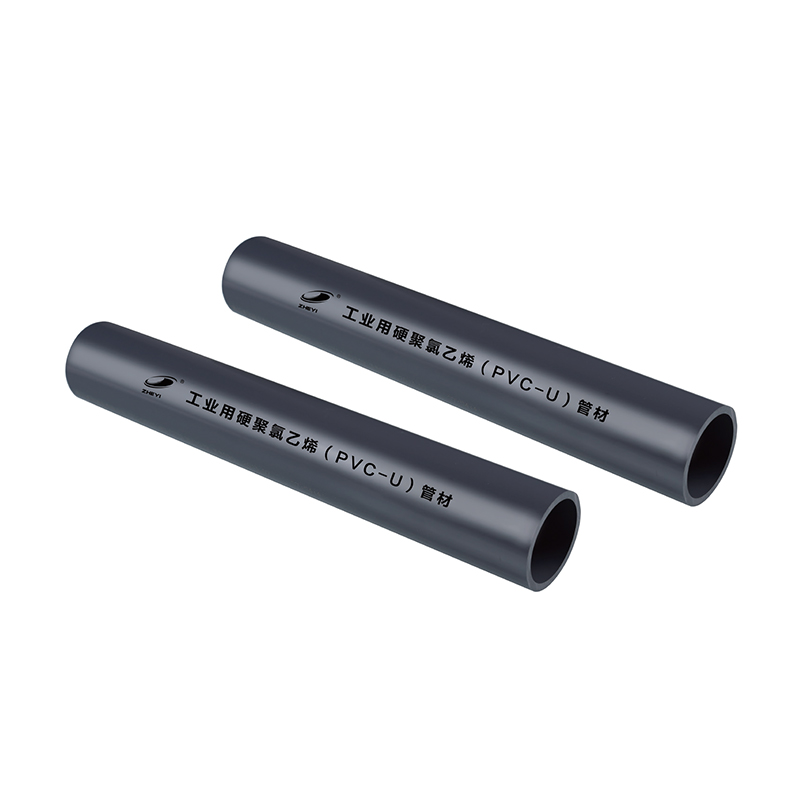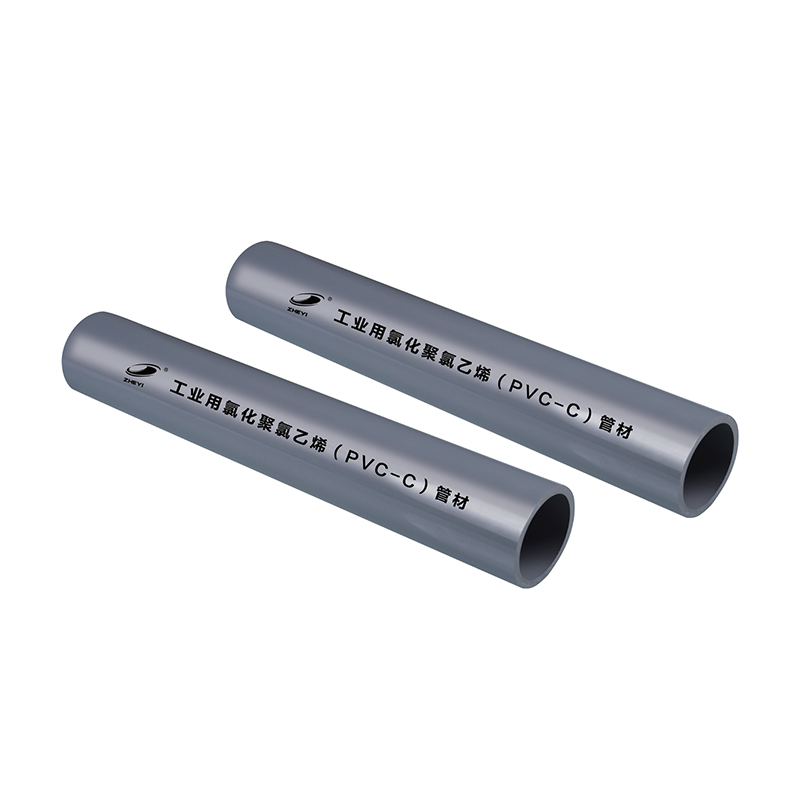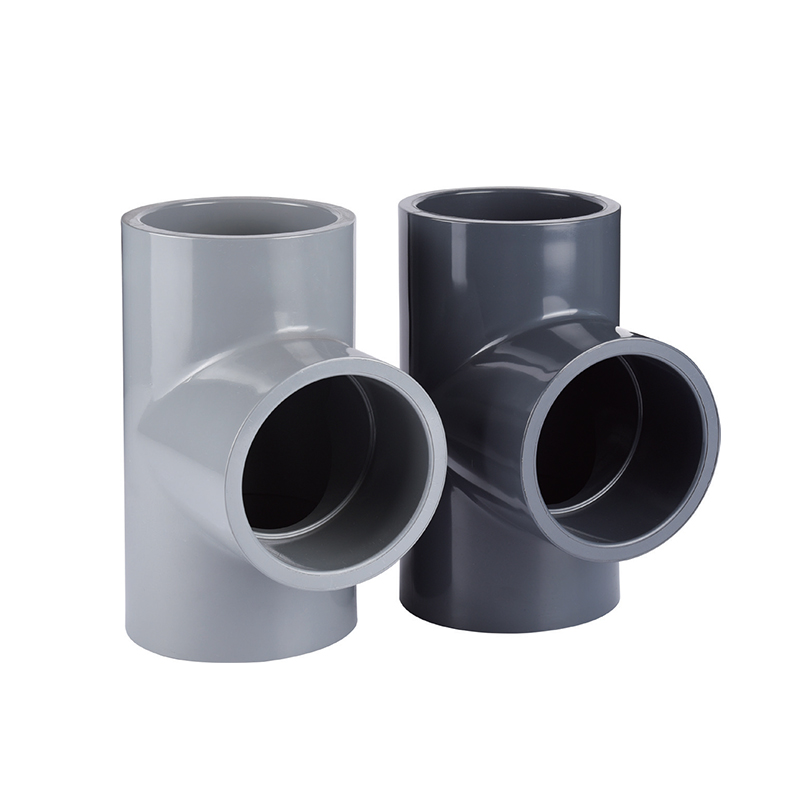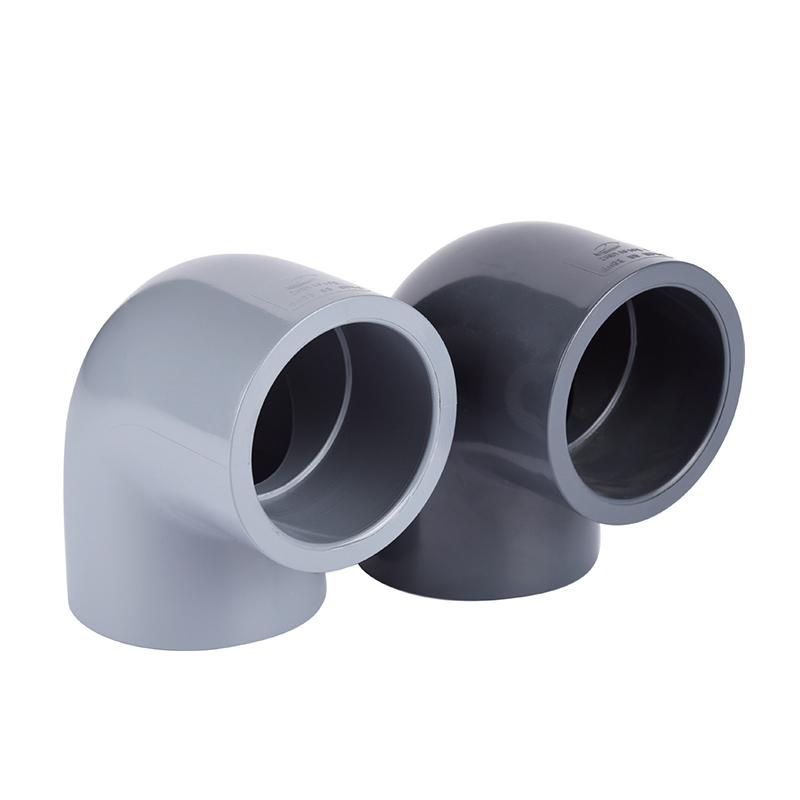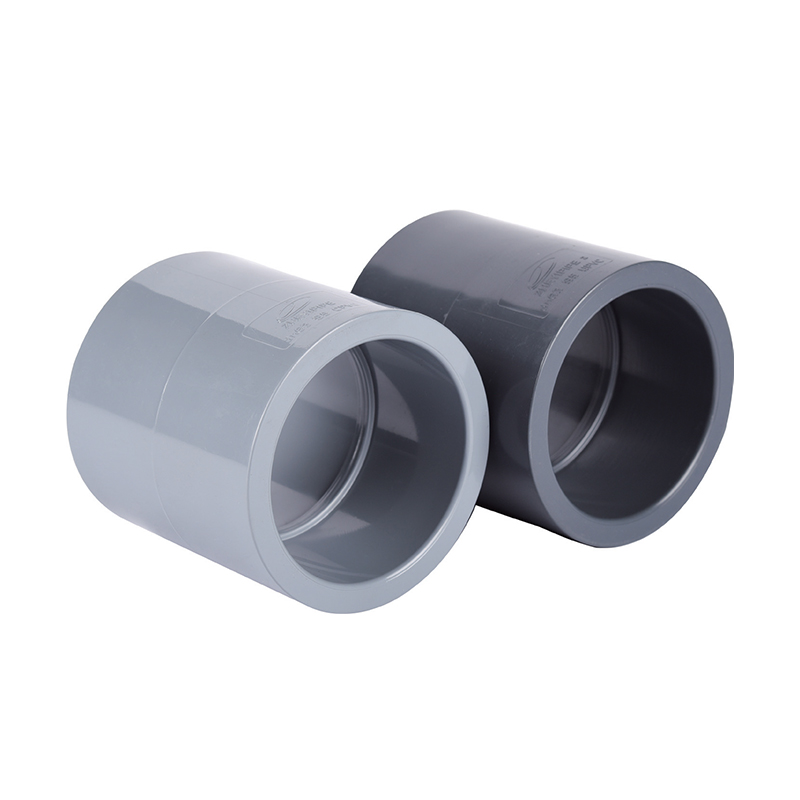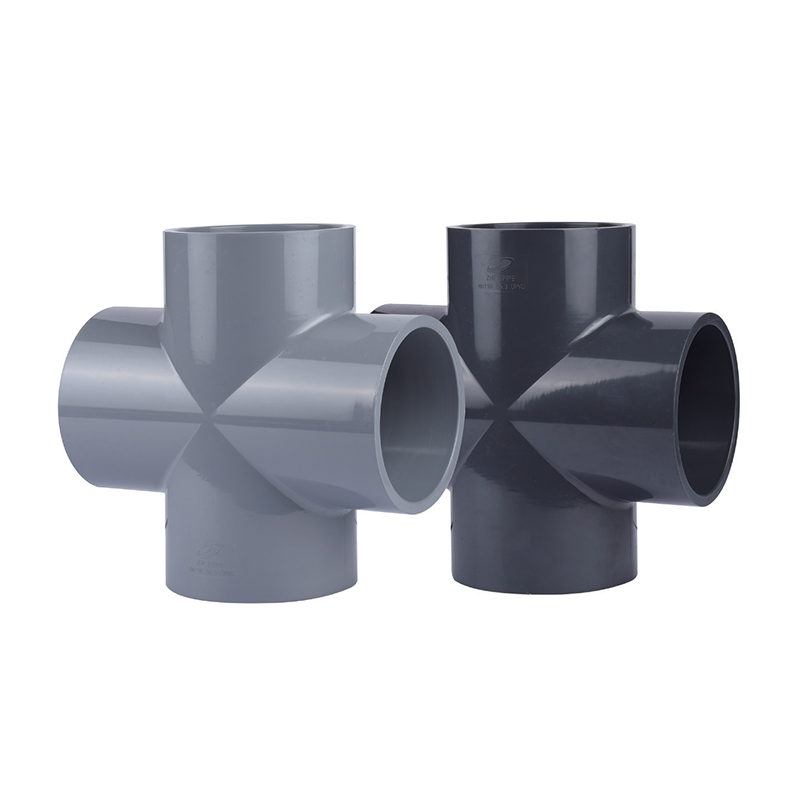Chemical pipelines made from UPVC/CPVC materials have become essential components in various industrial applications due to their exceptional resistance to corrosive substances. These thermoplastic piping systems offer distinct advantages over traditional metal pipes, particularly in environments where chemical resistance and longevity are paramount.

SCH80/DIN UPVC Pressure Pipes
What Makes UPVC and CPVC Ideal for Chemical Transport
Both UPVC (Unplasticized Polyvinyl Chloride) and CPVC (Chlorinated Polyvinyl Chloride) possess unique molecular structures that make them suitable for chemical applications:
- UPVC maintains rigidity without plasticizers, offering excellent dimensional stability
- CPVC undergoes additional chlorination, enhancing its temperature resistance
- Both materials demonstrate superior chemical inertness compared to metal alternatives
- The smooth interior surfaces minimize friction loss and prevent scaling
UPVC vs CPVC chemical resistance comparison
When selecting between UPVC and CPVC for chemical pipeline applications, understanding their resistance profiles is crucial. While both materials offer excellent chemical resistance, there are important differences that affect their suitability for specific applications.
Chemical Resistance Properties
The chemical resistance of these materials varies based on concentration, temperature, and duration of exposure:
| Chemical |
UPVC Resistance |
CPVC Resistance |
| Hydrochloric Acid (20%) |
Excellent at room temperature |
Excellent up to 60°C |
| Sulfuric Acid (50%) |
Good at room temperature |
Excellent up to 50°C |
| Sodium Hydroxide (50%) |
Fair (limited long-term use) |
Good up to 40°C |
| Acetone |
Poor (not recommended) |
Fair (limited use) |
Temperature Considerations
CPVC generally outperforms UPVC in high-temperature applications:
- UPVC maximum service temperature: 60°C (140°F)
- CPVC maximum service temperature: 93°C (200°F)
- Both materials become brittle at temperatures below freezing
- Thermal expansion rates differ significantly between the two materials
Industrial applications of UPVC CPVC piping
The unique properties of UPVC/CPVC chemical pipelines make them suitable for numerous industrial applications where corrosion resistance and chemical inertness are required.
Primary Industry Uses
These piping systems serve critical functions across multiple sectors:
Chemical Processing Plants
In chemical manufacturing facilities, UPVC and CPVC pipes transport:
- Acids and alkalis of varying concentrations
- Bleach and chlorine solutions
- Process water and chemical intermediates
Water Treatment Facilities
Municipal and industrial water treatment plants utilize these pipes for:
- Chlorine and fluoride dosing systems
- Chemical feed lines for pH adjustment
- Wastewater handling with corrosive elements
Other Significant Applications
- Semiconductor manufacturing: high-purity chemical delivery
- Pharmaceutical production: sterile processing lines
- Mining operations: acid mine drainage handling
Installation guidelines for chemical resistant PVC pipes
Proper installation of UPVC/CPVC chemical pipelines ensures optimal performance and longevity. Following manufacturer recommendations and industry best practices is essential for creating reliable systems.
Key Installation Considerations
Several factors must be addressed during installation:
Preparation and Handling
- Store pipes and fittings in shaded areas before installation
- Inspect all components for damage or contamination
- Use appropriate cutting tools to ensure clean, square cuts
Joining Methods
The two primary joining techniques for chemical-resistant PVC pipes:
- Solvent Cement Joining
- Requires specific cement formulations for UPVC vs CPVC
- Surface preparation is critical for proper bonding
- Cure times vary based on pipe size and ambient conditions
- Flanged Connections
- Used for frequent disassembly requirements
- Require gasket materials compatible with the chemicals handled
- Need proper bolt tightening sequences to avoid stress
Maintenance tips for UPVC CPVC chemical systems
While UPVC/CPVC chemical pipelines require less maintenance than metal alternatives, proper care significantly extends their service life and maintains system integrity.
Routine Maintenance Procedures
Implementing a regular maintenance schedule helps identify potential issues early:
Visual Inspections
- Check for surface crazing or discoloration monthly
- Inspect supports and hangers for proper alignment quarterly
- Look for signs of chemical leakage at joints and connections
Performance Monitoring
Track these operational parameters to assess system health:
- Flow rates compared to design specifications
- Pressure drops across system sections
- Temperature fluctuations beyond normal ranges
Cleaning and Repair Considerations
Special techniques are required for maintaining chemical pipelines:
- Use only compatible cleaning solutions - avoid solvents that can damage the material
- For stubborn deposits, mechanical cleaning must be done carefully to avoid scratching
- Repairs should use the same material as the original pipe for consistent properties
Cost analysis of UPVC vs CPVC for chemical transport
When planning chemical pipeline systems, understanding the cost differences between UPVC and CPVC helps in making informed material selection decisions.
Initial Cost Comparison
The price difference between these materials stems from several factors:
- Raw material costs: CPVC resin is more expensive to produce
- Manufacturing complexity: CPVC requires additional processing steps
- Market demand: UPVC has broader applications beyond chemical transport
Lifecycle Cost Considerations
The total cost of ownership includes multiple factors beyond initial purchase price:
| Cost Factor |
UPVC |
CPVC |
| Material Cost |
Lower initial cost |
20-40% higher than UPVC |
| Installation |
Similar labor costs |
Requires specialized cement |
| Maintenance |
Low maintenance |
Low maintenance |
| Service Life |
20-50 years |
25-50 years |
| Replacement Cost |
Lower material cost |
Higher material cost |


 +86-15258772971
+86-15258772971
 dinys009@163.com
dinys009@163.com

 English
English 한국어
한국어 Español
Español عربى
عربى


